Hello #smartcommunity friends and welcome back to #mobilitymarch! In this episode of the Smart Community Podcast, I have a great follow up chat with Chad Ramage, Founder of Accessibility in the City, an online mapping solution that helps support those with accessibility issues with navigation. You might remember I spoke with Chad about this time last year in Episode 162 about inclusivity and accessibility in Smart Cities. In this episode, Chad tells us about how his experiences trying to find accessible places for his wheelchair sparked his interest in the accessible Smart Community conversation and he tells us how that eventually led to his business Accessibility in the City. We discuss the development of the MVP of the platform and the community engagement they’ve been doing with underserved groups, plus the opportunities and challenges of mapping accessibility points of interest like noise level and accessible toilets, which aren’t quite as simple as things like whether or not there’s a ramp into a building. Chad tells us why accessibility is key to Smart Communities and what’s changed since we last spoke to him, plus how far he thinks we’ve come in the accessibility conversation in Australia. We finish our chat discussing emerging trends of renewable energy districts, and accessibility being part of a Covid-Safe future, as well as how accessibility audits can help us all learn more about the accessibility of our businesses and local areas. As always we hope you enjoyed listening to this episode as much as we enjoyed making it!
Listen here:
What we cover in this episode:
- Chad’s background and his passion for accessibility
- How his experiences trying to find accessible places for his wheelchair sparked his interest in the accessible Smart Community conversation
- Chad’s platform Accessibility in the City and how it came to be
- About the development of the MVP of the platform
- The community engagement they’ve been doing with underserved groups
- The opportunities and challenges of mapping accessibility points of interest like noise level and accessible toilets, which aren’t quite as simple as whether or not there’s a ramp into a building
- The opportunities and challenges working with businesses to map their accessibility information
- Why accessibility is a core component in Smart Communities
- What’s changed for Chad since we last interviewed him
- Accessible tourism in the post-Covid era in Australia
- How far Chad thinks Australia has come in this accessibility conversation
- The challenges in making things accessible and continuing to modernise
- The emerging trends of renewable energy districts, and accessibility being part of a Covid-Safe future
- Accessibility in regional versus metro areas
- How accessibility audits can help us all learn more about the accessibility of our businesses and local areas
Quotes:
“It wasn’t until I actually started to try and figure out, well, how do you get wheelchairs into a bathroom without it having child high chairs in there and buckets and mops and door widths not being to standard? Where is this information for me to be able to make a decision? And the more I looked for it, I just couldn’t find it…So being that I couldn’t find anything like that, it seemed a really sensible place to start and provide that information in an interactive online map.”
“So initially, [Accessibility in the City] had six to seven points of interest that, as a wheelchair user, I found really important to know…But we’re blowing that out to approximately 20 accessible points of interest.”
“You don’t start something like this without having broad shoulders either and if people don’t like something, they’re certainly going to tell you about it. And whether that’s something that isn’t in scope at the moment that is going to be changed or might be part of a phased approach. You need to be able to cop that criticism as well. A business and a platform like this is always going to be a moving beast. But as long as the community understands that we’re all working towards the same thing, you generally have more positive feedback, then negative.”
“A Smart, accessible community is one that works together in helping each other get information and make those decisions.”
“It’s such a important topic for mobility in general, because that little place over there might be accessible, but if you can’t get there, if you can’t go to the bathroom, if you can’t park close by or get accessible public transport there, then it’s not going to [work].”
“If it’s accessible for everyone, you’re not taking away from anyone. So if you build something new with stairs, you’re literally making it unaccessible, straight up. But if you are building it with everyone in mind, then everyone can go there.”
“From an accessibility perspective, I think that COVID safe return to cities that we were just talking about needs to be really higher on people’s radars. And how we make funding available for that?”
“Next time you do go for a stroll up your town’s main street, try and just consciously have a look at businesses and see how accessible you think they might be.”
Links:
“The Toilet Lady” Katherine Webber
Connect:
Find the full show notes at: www.mysmart.community
Connect with Chad via LinkedIn, email info@accessibilityinthe.city or accessibilityinthecity.com.au
Connect with me via email: hello@mysmart.community
Connect with My Smart Community via LinkedIn or Twitter and watch on YouTube
The Smart Community Podcast is produced by Perk Digital.

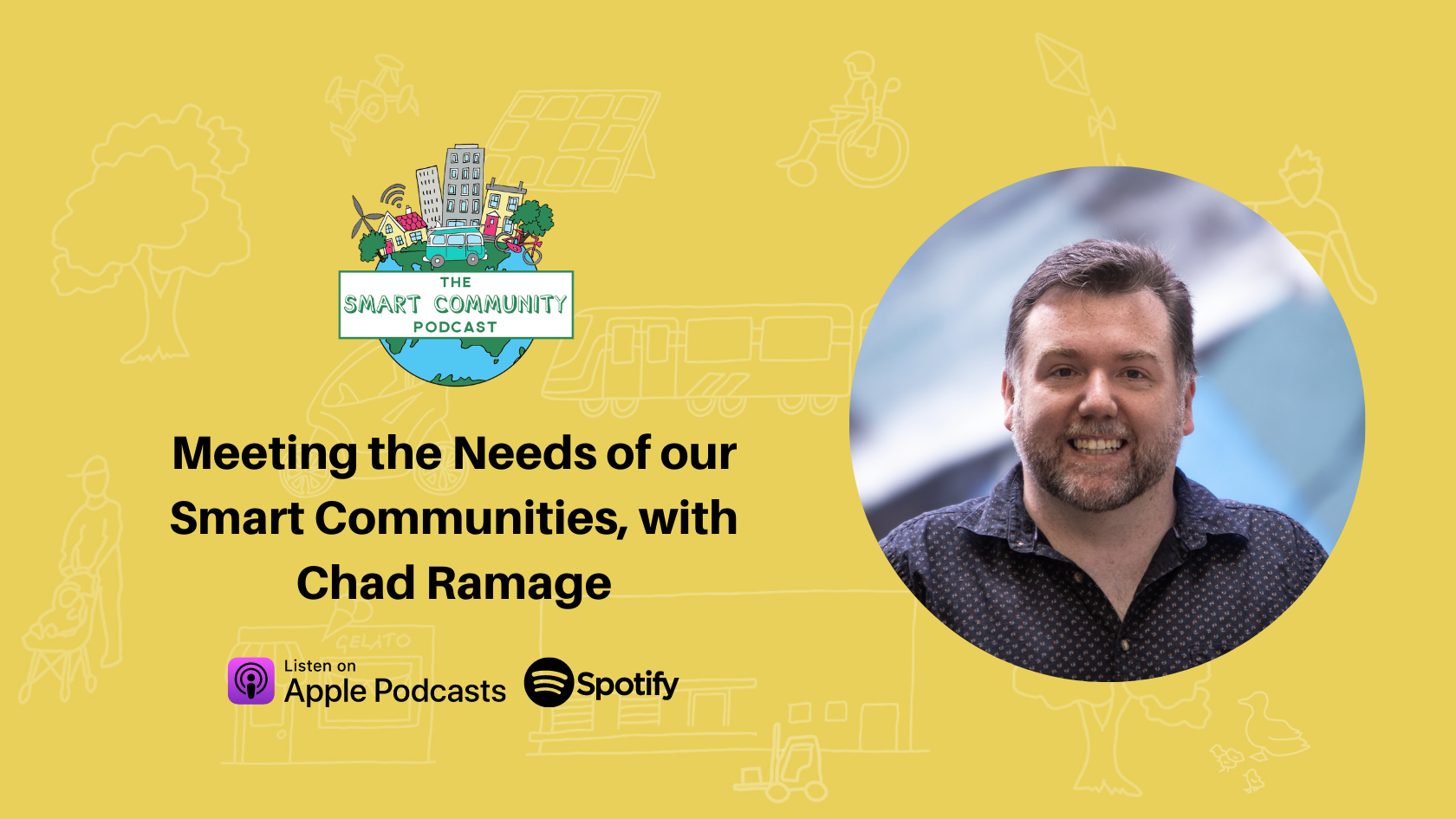
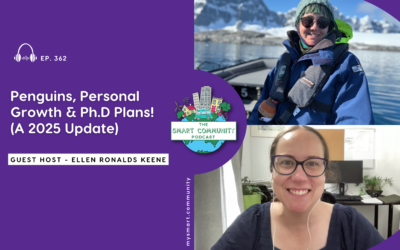
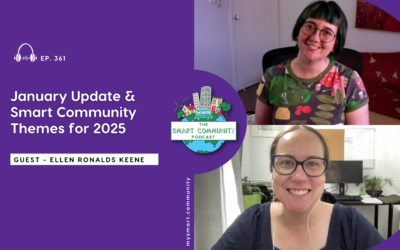
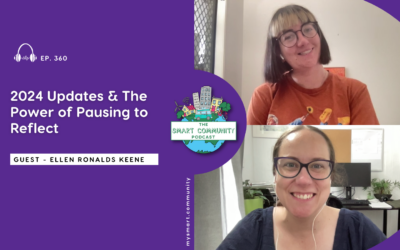
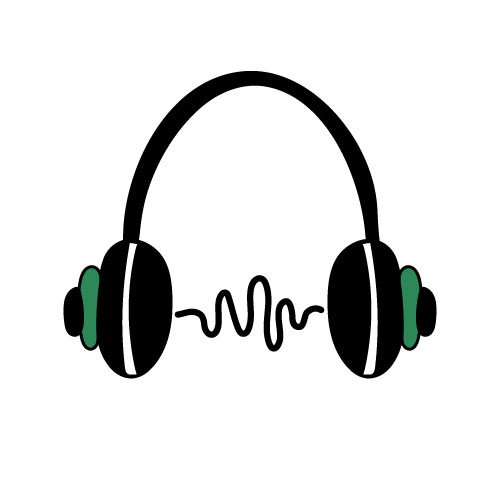
0 Comments